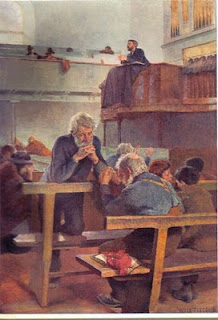
"Christianity is a movement of movements", says Steve Addison in his recent book “Movements that Change the World”. Primitive Methodism is an example of one of these movements.
Throughout the ages various moves of God exhibit common characteristics. He identifies these as
1. White-hot faith
2. Commitment to a cause
3. Contagious relationships
4. Rapid mobilization and
5. Adaptive methods
They were men and women of radical, white-hot faith. They were known for their dynamic prayer meetings, zealous preaching and ambitious faith.
They were committed to a cause. Their preachers endured toil and suffering, violence from gangs, hostility by the legal authorities and the religious establishment.
Relationships were nurtured through the weekly class meetings, and house-to-house visiting. Whole families were often transformed by the gospel. As workers saw their fellow workmen experience radical conversion, and villagers saw the most notorious characters in their community change, the network of relationships grew.
Primitive Methodism mobilized rapidly. Lay leadership was a key factor in the expansion of the movement. By using local lay preachers and travelling preachers, this missionary movement touched the whole England. Just forty years after the founding of the movement in 1810, there were half a million people in attendance in their chapels according to the 1851 religious census.
They used adaptive methods. They used open-air preaching and Camp Meetings to great effect. The recognised the value of female preachers. They used missionary language and missionary methods. They had a significant book and magazine publishing organisation. They succeeded in reaching the working classes, a strata of society largely ignored by the established church.

